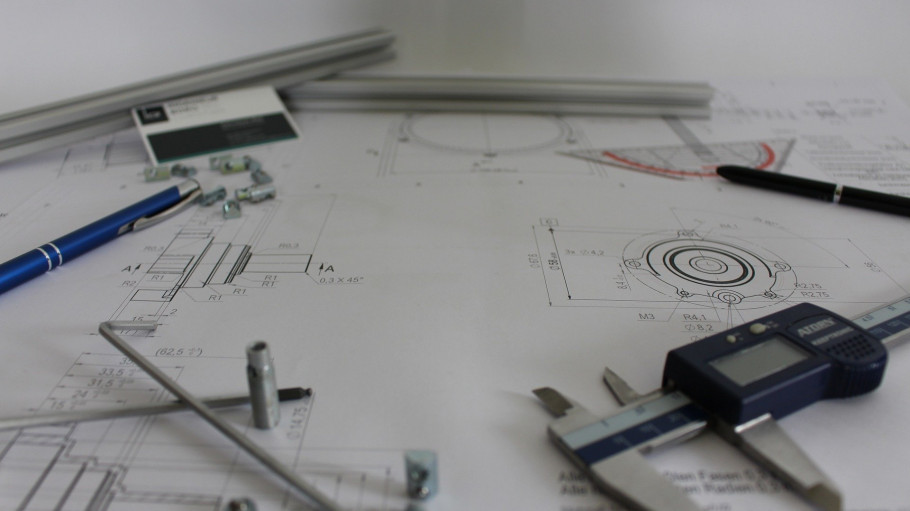
Issues » Environment » EU products policy
EU products policy
Downloads and links
Recent content

The idea behind the EU’s product policy is to support the Union’s wider environmental goals. In this sense, EU products policy is an enabler to help deliver on ambitious climate goals and on aims to reduce raw material use and improve recycling rates and outcomes.
Broadly, these environmental goals can be broken down into climate goals – primarily concerned with reducing CO2 emissions from economic activity, and resource efficiency goals – which is to say the reduction in the total amount of material used in manufacturing and industry.
As it is, the EU’s product policy is not a single piece of legislation. Instead, it is a series of smaller pieces of legislation and accompanying communications setting out overarching objectives and processes. These do not necessarily overlap and apply unevenly to different sectors up and down the value chain.
These vertically and horizontally cross policy fields and whole sectors. For instance, the products policy vertically covers construction and automotive as sectors per se, but also horizontally addresses broad climate, sustainability raw material and circular economy topics.
Each of these channels leads to the same end objective: the greening of the EU economy, with the end result being the transition to a union that is low-CO2, sustainable and minimises virgin raw material use.
Brussels, 22 October - Ahead of the European Council meeting on 23 October, Europe’s steel and automotive industries — two strategic pillars of the EU economy — are issuing a joint call for a realistic and pragmatic pathway to transformation and keeping investments in Europe. Together, these sectors form the backbone of Europe’s industrial strength, supporting over 13 million jobs in automotive and 2.5 million in steel (directly and indirectly), and driving innovation across entire value chains.
Brussels, 19 March 2025 – The Steel and Metals Action Plan, unveiled today by the European Commission, provides the right diagnosis to the existential challenges facing the European steel industry. Concrete measures need to follow swiftly to reverse the decline of the sector, re-establish a level playing field with global competitors, and incentivise investment and uptake of green steel in the market.
Brussels, 05 September 2024 – The latest developments in the steel sector and across critical value chains are worrying signs of a steady deterioration, endangering the survival and the transition of steelmakers and their key manufacturing customers in Europe, such as automotive. A Clean Industrial Deal including swift and radical measures in EU industrial, energy and trade policies, is the last chance to ensure Europe’s prosperity and shield European industry from cheap imports driven by third countries’ unfair trade practices, overcapacity and lower climate ambition, urges the European Steel Association.